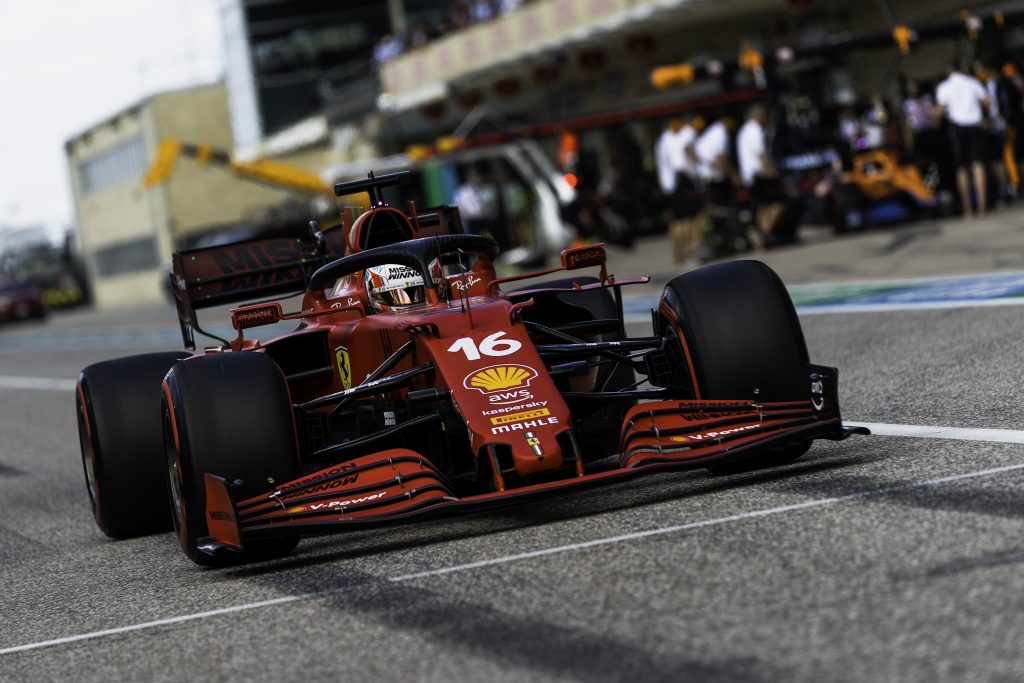Arend Moerman, an astronomy student from Leiden, received a ten for his masterscriptie in which he explores the interaction between three simulated black holes. It happens on average once every ten years that an astronomy student gets a ten. The results were also published in the leading journal Physical Review D.
He himself calls the attention in recent days “slightly exaggerated”. But it is exceptional for the results of a master’s thesis to be published. “That doesn’t happen often,” says his thesis supervisor and professor of numerical star dynamics Simon Portegies Zwart in the radio program With a view to tomorrow.
“I thought I would get a pass, but a ten, I didn’t.” Moerman spent nine months on his research. To predict the interactions between three celestial bodies such as stars, planets or black holes, he programmed a code that calculates what is happening for a short period of time, and then uses that outcome to calculate the next period of time. A similar way is also used to make weather forecasts.
Addition of relativity theory
“We had a problem in which the three black holes move around each other, but do not interact according to Newton’s theory, but according to Einstein’s theory of relativity,” says Portegies Zwart. “That’s when Arend came into my room and asked if I might have an assignment for him where he could program, and he started working on it like a mad dog.”
A month later, Moerman returned to Portegies Zwart. Not only had he learned the code language, but he had also found a way to add the relativity component to the code, making the simulation more accurate. The theory of relativity plays a major role in heavy objects such as black holes.
Turning point
This gave rise to the possibility of investigating how, for example, black holes of different masses behave towards each other. “Usually two of the three holes shoot away, the two form a pair. We simulated this with increasingly heavier masses, and at ten million solar masses the two started merging together instead of repulsing each other,” says Moerman.
He himself had not yet realized that he had discovered something new. “I was so glued to my screen.” After seeing these results, Portegies Zwart said, “We need to publish this.”
In his opinion, Moerman’s work provides more insight into a tipping point in the dynamics at which lighter holes eject each other and merge into very large black holes. “I really couldn’t help but give a ten”, says Portegies Zwart.
As long as it’s not an office job
As a result of the investigation and the media attention that followed, Moerman was approached several times by recruiters. But he doesn’t see himself working for a boss in a “cubicle-office”. “Doing what I find useful and fun is more important to me.”
He has now started his second graduation project and works in the kitchen of a bistro. “If it doesn’t work out in academia, I can always become a chef. As long as it’s not an office job.”
–


